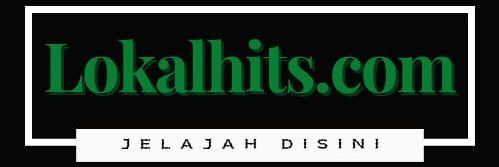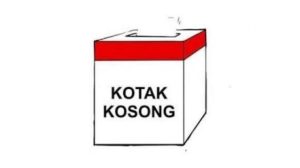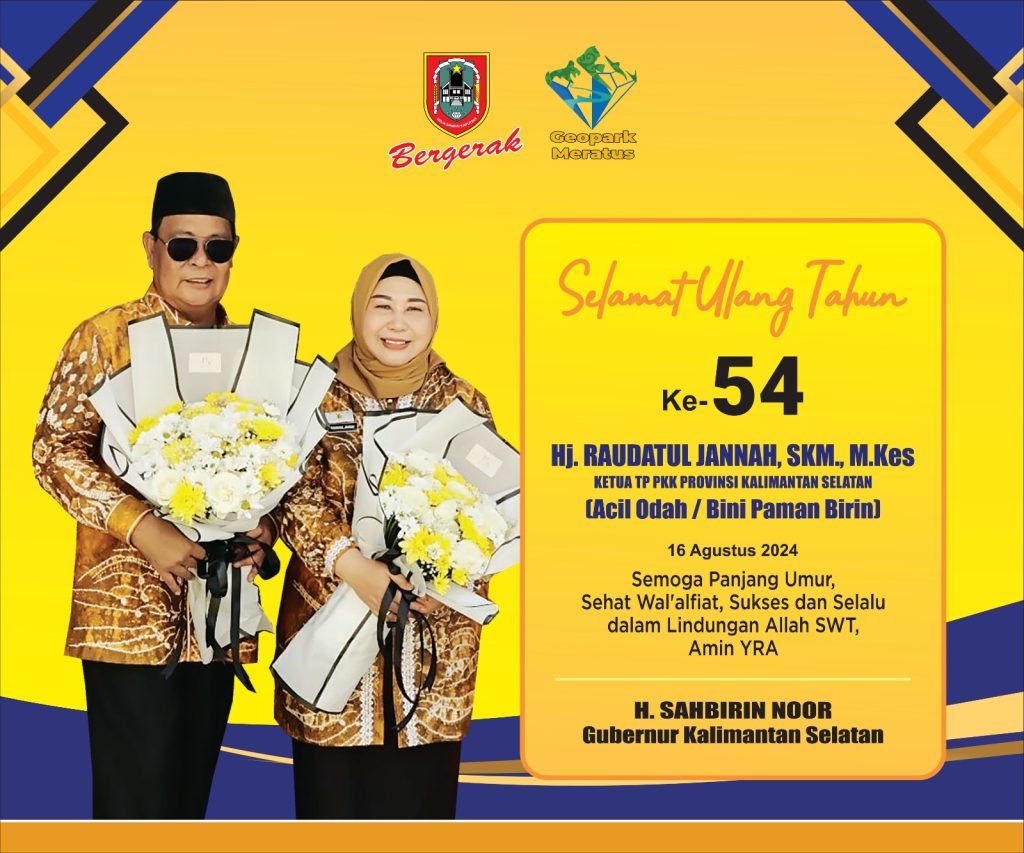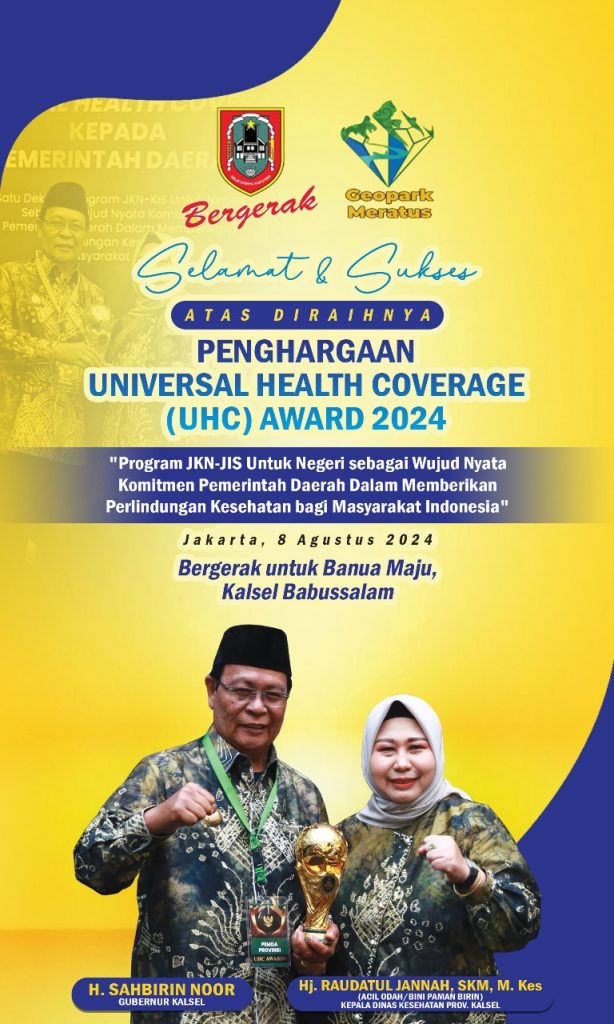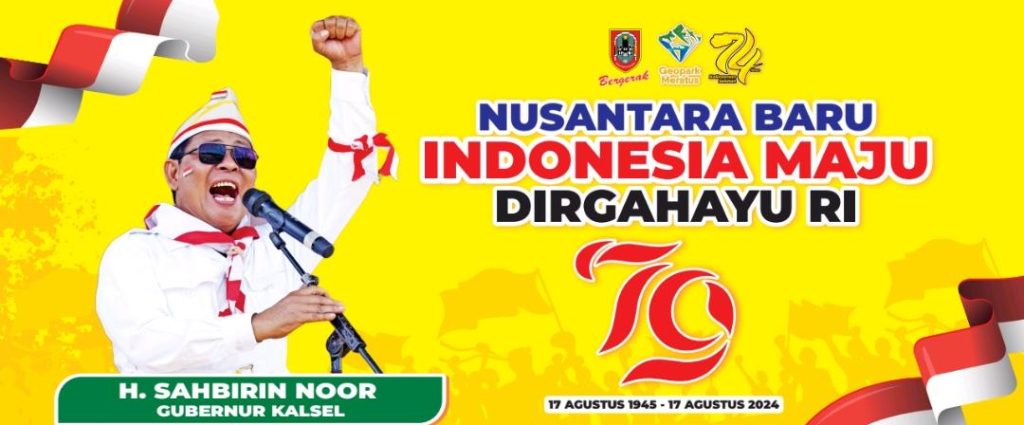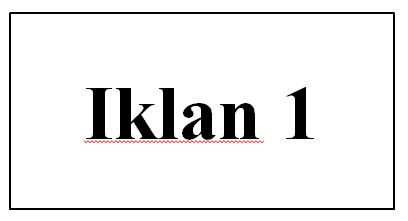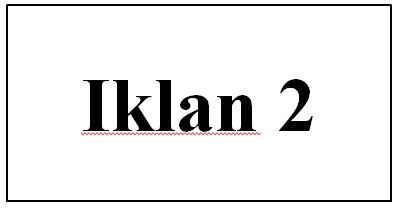The Role of Music in Online Advertising – Boosting Digital Marketing Through Sound
In the fast-paced world of digital marketing brands constantly seek innovative ways to capture attention and evoke emotions. Among the most powerful yet often underestimated tools is music. Whether it’s a short jingle in a social media ad or a carefully curated soundtrack for a promotional video sound has the ability to enhance engagement reinforce brand identity and drive consumer action.
Music transcends language barriers and taps into deep psychological triggers. Studies show that emotionally charged audio can significantly improve ad recall and brand association. In an era where consumers are bombarded with visual content a well-composed melody or rhythm can cut through the noise making an advertisement more memorable and impactful.
From YouTube pre-roll ads to TikTok campaigns the strategic use of music shapes user experience and influences purchasing decisions. This article explores how sound elevates online advertising the science behind its effectiveness and best practices for integrating music into digital marketing strategies.
How Music Influences Consumer Behavior in Digital Ads
Music plays a crucial role in shaping consumer emotions and decisions in digital advertising. The right soundtrack can enhance engagement reinforce brand identity and drive conversions. Studies show that ads with well-matched music achieve higher recall rates and emotional impact compared to silent or poorly scored content.
Fast-paced tracks create urgency ideal for limited-time offers while soothing melodies build trust for luxury brands. Music also triggers nostalgia connecting audiences to past experiences increasing ad effectiveness. Platforms like Free Download for FL Studio enable marketers to craft custom soundtracks tailored to their campaigns.
Background music in video ads improves retention with viewers more likely to watch until the end. Audio branding such as jingles or signature tunes strengthens recognition across digital channels. Programmatic audio ads leverage behavioral data to deliver personalized music-driven messages boosting relevance.
Silence can be equally powerful–strategic pauses emphasize key messages. Testing different music styles helps optimize performance. Data-driven tools analyze listener reactions allowing real-time adjustments for maximum impact.
The psychology behind music and emotional engagement
Music has a profound impact on human emotions making it a powerful tool in digital marketing. Scientific research shows that sound activates the brain’s limbic system which governs emotions memory and motivation. By leveraging music strategically advertisers can enhance brand recall influence purchasing decisions and foster deeper emotional connections with audiences.
Key psychological effects of music in advertising include:
- Emotional priming: Music sets the mood making consumers more receptive to a brand’s message.
- Memory reinforcement: Melodies and rhythms improve information retention.
- Behavioral influence: Tempo and tone can drive urgency or relaxation.
| Musical Element | Psychological Effect | Marketing Application |
|---|---|---|
| Tempo (Fast vs. Slow) | Fast: Increases excitement; Slow: Encourages relaxation | Used in promotions (fast) or luxury branding (slow) |
| Major vs. Minor Key | Major: Happiness; Minor: Sadness or tension | Aligns with brand tone (joyful vs. dramatic) |
| Familiarity | Triggers nostalgia and trust | Reviving classic jingles for brand loyalty |
Neuroscientific studies reveal that music enhances dopamine release reinforcing positive associations with brands. When paired with visuals sound creates multisensory engagement increasing ad effectiveness. Marketers must carefully select tracks that align with their target audience’s cultural and emotional preferences to maximize impact.
How tempo and genre affect purchasing decisions
Tempo plays a crucial role in shaping consumer behavior. Fast-paced music (120+ BPM) creates excitement encouraging impulse purchases in retail and e-commerce. Slow-tempo tracks (60-80 BPM) induce relaxation increasing dwell time in luxury or high-consideration product ads.
Genre selection directly impacts brand perception. Classical music enhances perceived value of premium products while pop and electronic genres resonate with youth-oriented campaigns. Unexpected genre choices (e.g. jazz in tech ads) can boost memorability by 23% (HUI Research 2022).
Key findings:
- Upbeat tempos increase conversion rates by 15% in limited-time offers
- Familiar genres improve trust in established brands
- Genre/tempo mismatch reduces ad effectiveness by 34%
The optimal musical profile depends on target demographics – millennials respond best to 100-120 BPM pop/rock while Gen Z prefers 140+ BPM electronic beats. A/B testing remains essential for campaign optimization.
Case studies: Successful ad campaigns with memorable soundtracks
One of the most iconic examples is Apple’s “Silhouette” campaign (2003-2008). Featuring vibrant silhouettes dancing against solid-colored backgrounds the ads were paired with energetic tracks like Jet’s “Are You Gonna Be My Girl” and The Fratellis’ “Flathead.” The music not only amplified the visual appeal but also reinforced Apple’s brand identity as youthful and innovative. The campaign boosted iPod sales and became a cultural phenomenon.
Coca-Cola’s “Hilltop” (1971) featured the jingle “I’d Like to Buy the World a Coke later adapted into the hit song I’d Like to Teach the World to Sing.” The melody created an emotional connection emphasizing unity and happiness. The ad remains one of the most recognized in advertising history proving how a simple tune can leave a lasting impact.
Nike’s “Dream Crazy” (2018) narrated by Colin Kaepernick used a minimalist piano score to underscore the powerful message of perseverance. The soundtrack intensified the emotional weight of the campaign leading to a 31% sales increase and widespread media coverage. The music’s subtlety allowed the narrative to take center stage while enhancing its memorability.
Old Spice’s “The Man Your Man Could Smell Like” (2010) combined absurd humor with a dramatic orchestral soundtrack. The contrast between the over-the-top visuals and the grandiose music made the ad unforgettable. Sales surged by 107% demonstrating how music can elevate humor and engagement in digital marketing.
These case studies highlight how strategically chosen soundtracks enhance brand messaging evoke emotions and drive consumer action. The right music transforms ads from mere promotions into memorable experiences.
Choosing the Right Music for Your Brand Identity
Music is a powerful tool for shaping brand perception. The right soundtrack can reinforce your brand’s personality evoke emotions and create a lasting connection with your audience. Selecting music that aligns with your identity requires careful consideration of tone genre and audience preferences.
Define your brand’s core values. Is your brand playful or professional? Innovative or traditional? Upbeat tracks suit energetic brands while classical or ambient music may better reflect sophistication. Match the music’s mood to your brand’s essence.
Know your target audience. Different demographics respond to varying musical styles. Younger audiences may engage with modern pop or electronic beats while older consumers might prefer familiar classics. Research your audience’s preferences to maximize impact.
Consider cultural relevance. Music carries cultural associations–ensure your choice resonates positively with your audience. Avoid tracks that may alienate or misrepresent your brand’s message.
Prioritize originality. Licensed or custom-composed music sets your brand apart. Stock tracks risk sounding generic while unique compositions enhance memorability and authenticity.
Test and refine. Use A/B testing to measure audience response. Analyze engagement metrics to determine which tracks strengthen brand recall and emotional connection.
Music is not just background noise–it’s an extension of your brand’s voice. A strategic selection reinforces identity fosters loyalty and elevates your digital marketing efforts.
Aligning music with brand values and target audience
Choosing the right music for online advertising is not just about picking a catchy tune–it’s about reinforcing brand identity and resonating with the intended audience. Music should reflect the core values of the brand while appealing to the emotions preferences and cultural background of consumers.
Brand Values: A luxury brand may opt for classical or orchestral music to convey elegance and exclusivity while a youth-oriented brand might use upbeat pop or electronic tracks to project energy and modernity. The genre tempo and mood of the music must align with the brand’s messaging to create a cohesive experience.
Target Audience: Understanding demographics is crucial. Younger audiences may respond better to trending or viral sounds whereas older demographics might prefer familiar nostalgic tracks. Regional preferences also matter–local instruments or styles can enhance relatability in specific markets.
Consistency is key. Repeated use of a signature jingle or sound logo strengthens brand recall. Testing different tracks through A/B testing helps identify what resonates most effectively before finalizing a campaign.
Ultimately the right music bridges the gap between brand identity and consumer perception making ads more memorable and emotionally engaging.
Licensing vs. original compositions: Pros and cons
Choosing between licensed music and original compositions for online advertising involves weighing key advantages and drawbacks. Each option impacts budget branding and audience engagement differently.
Licensed Music
- Pros:
- Instant recognition: Popular tracks can evoke emotions and memories boosting engagement.
- High production quality: Professionally mastered tracks ensure polished sound.
- Time-efficient: No need for composition or recording speeding up production.
- Cons:
- Costly: Licensing fees vary widely with popular tracks being expensive.
- Legal restrictions: Usage terms may limit platforms regions or campaign duration.
- Lack of uniqueness: Competitors might use the same track diluting brand identity.
Original Compositions
- Pros:
- Brand exclusivity: Custom music aligns perfectly with brand messaging and tone.
- Flexible rights: Full ownership allows unlimited use across campaigns.
- Creative control: Tailor every element (tempo mood instrumentation) to the ad’s needs.
- Cons:
- Higher upfront investment: Requires hiring composers musicians and producers.
- Time-consuming: Composition recording and revisions extend production timelines.
- Risk of inconsistency: Quality depends on the composer’s skill and vision.
For short-term campaigns with budget constraints licensing may be optimal. For long-term branding original compositions offer unmatched uniqueness and control.
Tools and platforms for finding the perfect soundtrack
Choosing the right music for online advertising requires access to high-quality soundtracks that match the brand’s message. Below are key tools and platforms to help marketers find the ideal audio:
- Epidemic Sound – A subscription-based library offering royalty-free music and sound effects ideal for YouTube and social media ads.
- Artlist – Provides licensed music for commercial use with a simple licensing model suitable for long-term campaigns.
- AudioJungle – A marketplace for affordable one-time purchase tracks perfect for small businesses.
- PremiumBeat – Curated high-quality tracks with flexible licensing options for professional campaigns.
- Soundstripe – Subscription-based service with regularly updated music tailored for video ads.
For AI-powered music generation:
- AIVA – Creates original compositions using AI useful for unique branding needs.
- Boomy – Generates custom tracks in seconds ideal for quick ad iterations.
Free and creative commons options:
- Free Music Archive (FMA) – Offers free tracks under Creative Commons licenses.
- YouTube Audio Library – A free resource for creators with no copyright restrictions.
To streamline selection:
- Define the ad’s mood and target audience.
- Filter tracks by genre tempo or duration.
- Test multiple options before finalizing.
FAQ:
How does music influence viewer engagement in online ads?
Music can significantly impact engagement by capturing attention quickly. A well-chosen track makes ads more memorable and can evoke emotions that align with the brand’s message. Upbeat music may encourage excitement while softer melodies create a calming effect influencing how viewers perceive the product.
What types of music work best for different advertising goals?
Fast-paced energetic tracks are effective for promoting limited-time offers or action-driven campaigns. For luxury brands classical or minimalist music enhances sophistication. Emotional storytelling ads often benefit from subtle instrumental backgrounds to avoid overpowering the narrative.
Can using popular songs in ads backfire?
Yes. Licensing popular music can be expensive and listeners might associate the song more with its original artist than the brand. Additionally trends fade—what’s catchy today may feel outdated later reducing the ad’s long-term appeal.
How important is audio quality in online ads?
Poor audio quality distracts viewers and makes brands appear unprofessional. Clear balanced sound ensures the message isn’t lost. Even simple tunes need proper mixing to avoid sounding cheap or overwhelming dialogue.
Do silent ads perform worse than those with music?
Not always. Silent ads can stand out in noisy environments like social media feeds where sound is often off. However they rely more on strong visuals and text. Adding captions or quick text overlays helps convey the message without sound.
